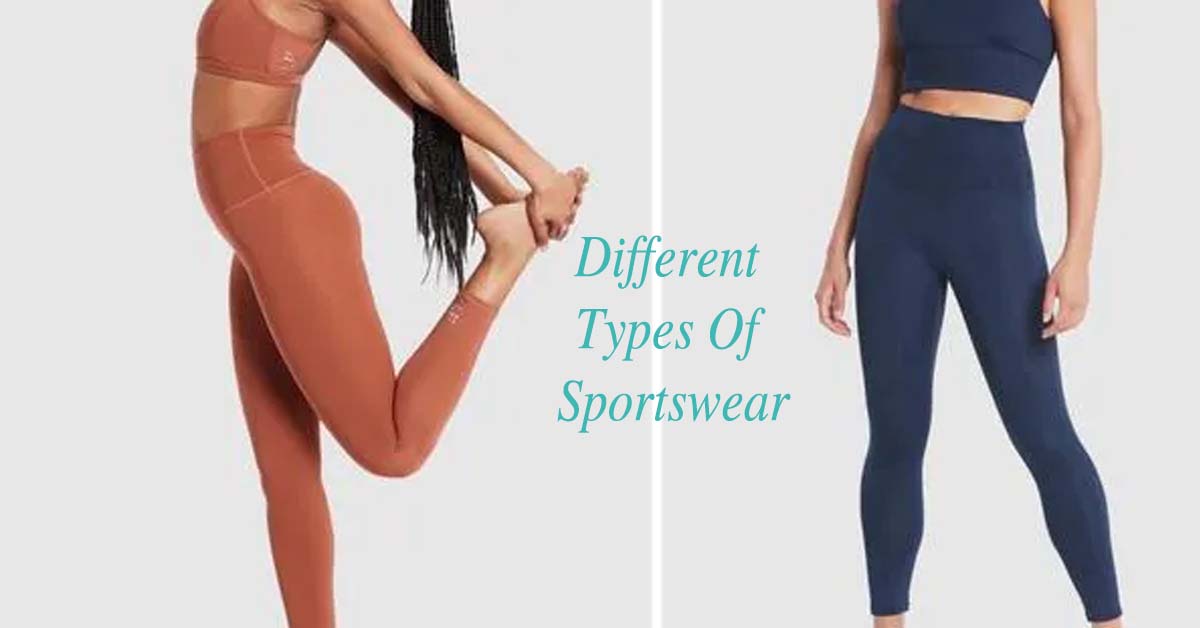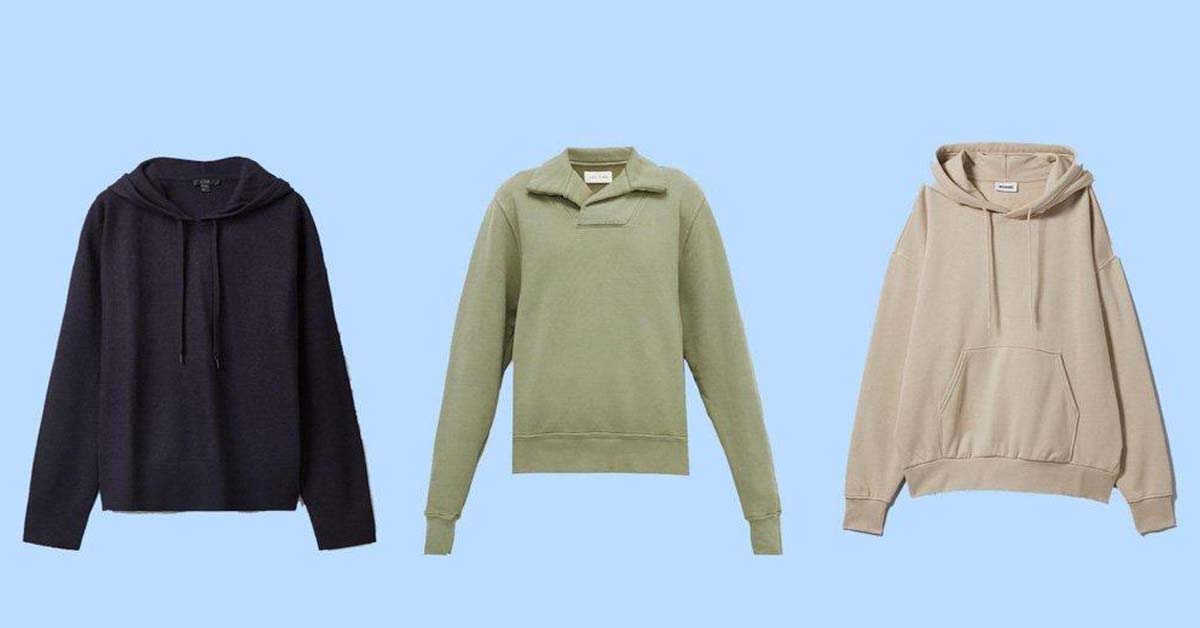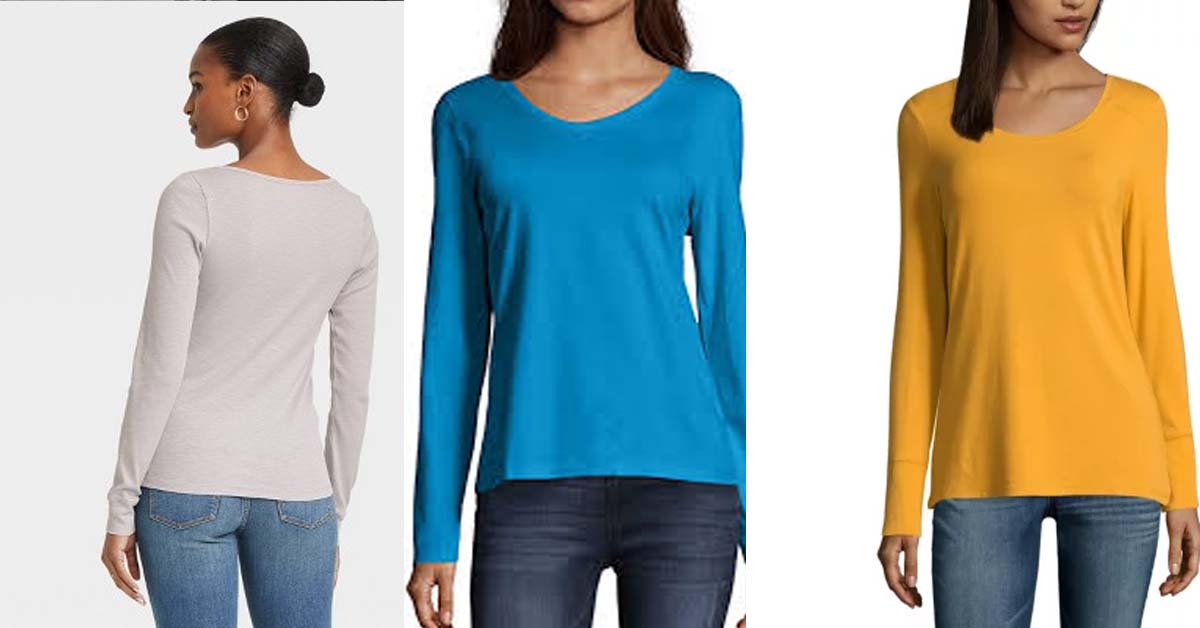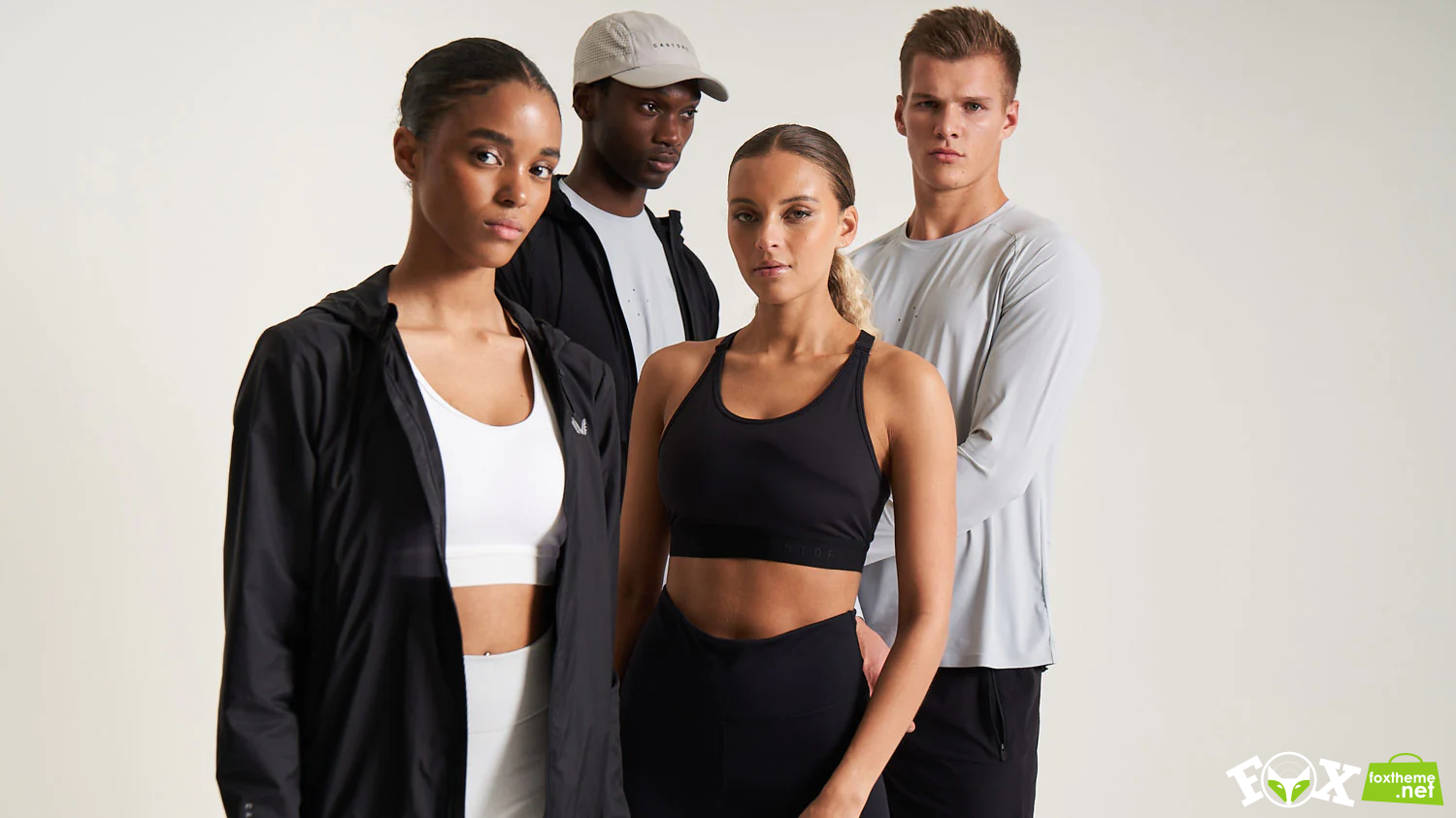
Polyester Fabric: Characteristics, Productions & Applications
What is the polyester fabric?
Polyester fabric
Polyester is a synthetic fabric that’s derived from oil. As being one of the world’s most popular fabrics, polyester can be used in various industrial applications, especially in manufacturing clothes. In some applications, this fabric can be the only component of apparel products; however, it’s often blended with other materials like cotton or other natural yarns.

Using polyester fabric in manufacturing clothes helps to reduce production costs but also decreases their comfortability. After being blended with cotton, this material enhances shrinkage and durability. Moreover, polyester is highly resistant to outside environments so it’s perfect for long-term use, especially in outdoor conditions.
History of polyester fabric
Polyester was invented in 1942 by British chemists and taken to the United States after that. The demand for polyester continued increasing since it’s durable and relatively inexpensive to produce. This fabric witnessed a stable growth until the 1970s as a cheap material for suiting and other clothes.
Nowadays, the polyester fabric gets popularity in the market with the emergence of luxury yarns such as polyester microfiber.
How is a polyester fiber produced?
- Creating a monomer: Initially, ethylene glycol reacts with dimethyl terephthalate at a high level of heat. This reaction will result in a monomer.
- Making a polymer: Secondly, the monomer is reacted with dimethyl terephthalate once again to make a polymer.
- Extruding polyester polymer: This heated polymer is then extruded from the reaction of the chamber in long strips. These long strips are allowed to dry and cool after that. Next, they’re broken into many small pieces.
- Spinning to create fiber: These small pieces are heated again to make a honey-like substance. It’s extruded via a spinneret to make fibers.
- Finishing: Finally, the final polyester fibers can be split or reacted with other chemicals to get the correct fiber.
Different characteristics of polyester fabric

Most fabrics will have a special set of characteristics that help to determine their best usage in real life. Here are some main characteristics of polyester:
Durable
First of all, polyester yarns are incredibly strong and durable. So they won’t tear, stretch, or pill the same as cotton and other natural yarns. This prominent characteristic helps clothes made from polyester fabric easily deal with abrasion from the refrigerator and not require special care. The durability of polyester garments makes it especially common for outdoor clothes and home items.
Moisture-resistant
The second feature of polyester is moisture-resistant. This fiber resists liquid drops; therefore it will wick away moisture as well as sweat rather than soak it up. Thanks to this feature, polyester has become one of the most popular materials for outdoor clothes and gears such as tents, raincoats, jackets, and so on. It helps to keep off rains and precipitation in the outside environment.
Besides, the ability to resist moisture of polyester helps it remain strain-resistant. Nevertheless, this characteristic makes it become a less breathable garment. In case, you’re sweating while wearing polyester fiber, this fabric will trap in the moisture rather than wick it away. That makes wearers feel so hot and sticky to their skin.
Shape-retaining
Next, polyester fabric helps to retain its shape. While cotton and linen garments can keep wrinkling and require smoothing and ironing, this fabric is wrinkle-resistant. It will better hold its shape and rigidity. This feature makes it popular in the 1970s as a perfect substitute for garments requiring consistent washing and smoothing to avoid wrinkling.
A bit rough
This fabric can be roughly a little bit. Unlike other plant-derived fabrics, polyester doesn’t have a luxurious feel. Instead of that, a cheap-made polyester can have a bit coarse feel to the sensitive skin.
Different manufacturing methods creating polyester can affect its fiber a little bit, making some polyester yarns coarse and rough. For example, other kinds of polyester such as China silk fabric are as smooth as natural silk.
Non-biodegradable
Polyester fiber is quite non-biodegradable. Many plant-derived yarns are usually biodegradable, meaning that they’ll disintegrate from time to time and have a positive impact on the environment. However, the environmental impact of most polyester fibers is pretty different. Thereby, this fabric doesn’t easily break down and isn’t biodegradable.
Polyester yarns are sometimes spun with natural threads to gain certain blended features. For instance, blends of polyester and cotton might be strong, tear-resistant, and have a low level of shrinkage. This synthetic fiber possesses greater tear, water, and environmental resistance compared to other natural threads. Nevertheless, polyester/cotton blends are less breathable than cotton 100%, trap moisture, and stick to the skin while sweating. Moreover, the blends of polyester/cotton are less flame-resistant and may melt when firing. If you want to know other characteristics of polyester fiber, check here for more details.
Main applications of this material – polyester fiber
Polyester threads possess many desirable features regarding high tenaciousness, low creep as well as good resistance to strain and deformation. Besides, this fabric is a strong and stiff garment material with great abrasion and stretching resistance as well as low moisture uptake. These properties make polyester yarns appropriate not only for textile and apparel products but for industrial applications as well. In apparel, polyester threads are versatile due to their receptivity to heat. Moreover, it can easily blend with other yarns such as cotton and regenerated cellulosic. Here are some applications of this kind of fiber.
Sportswear

Thanks to its characteristics of durability and moisture resistance, polyester is a common material for active clothes. The high-strength polyester yarns can bear many strong and repetitive actions done by athletes. This kind of fabric offers excellent resistance on abrasion and keeps repeated dressing and washing. Some activewears such as leggings, tank tops, shirts, etc are made of polyester fabric. Check our website to update the latest and stylish active clothes made of polyester fiber.
Casual & Fashionable clothes

Polyester is often used for all kinds of garments, by itself and in blends as well. It can be found in every type of clothes from casual clothes to stylish ones. Some popular blends comprises polyester and cotton for T-shirts, and polyester/wool blends for suits. Moreover, polyester makes a great contribution to easy-to-care characteristics to both of those blends meanwhile cotton and wool carry comfort.
Another usage of polyester thread is applied for some garments. It can be a jacket with hollow polyester yarns used with the outer textile, providing warmth without weight and fashionable design.









